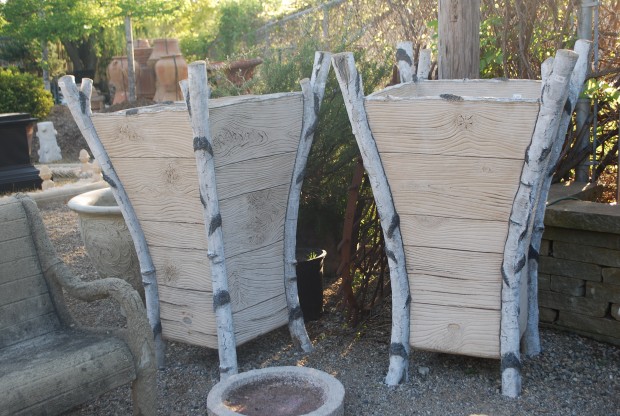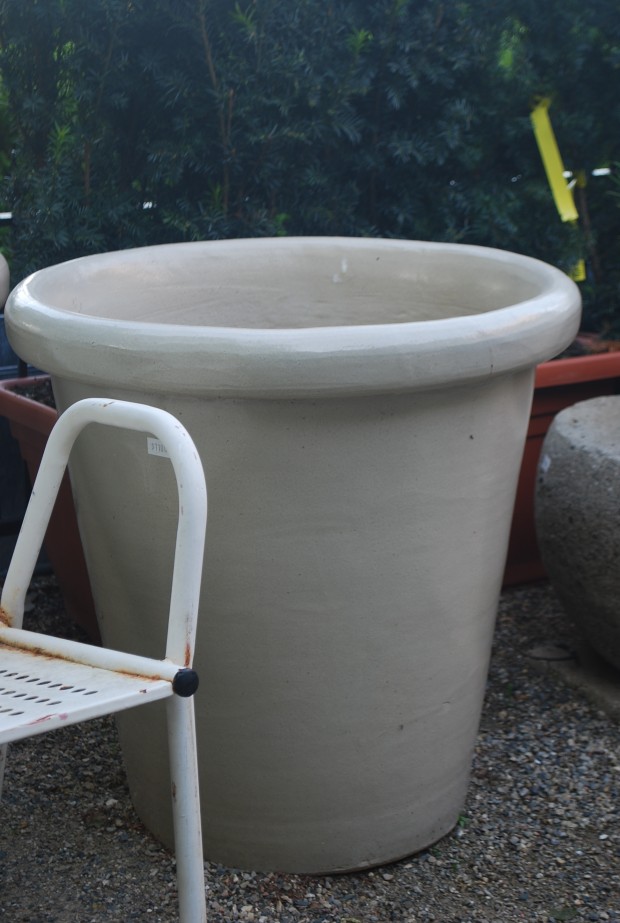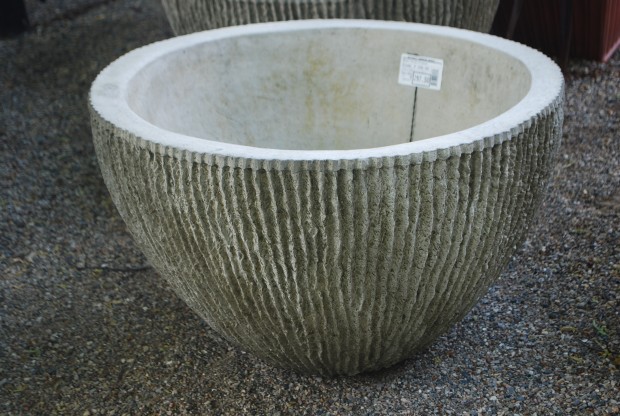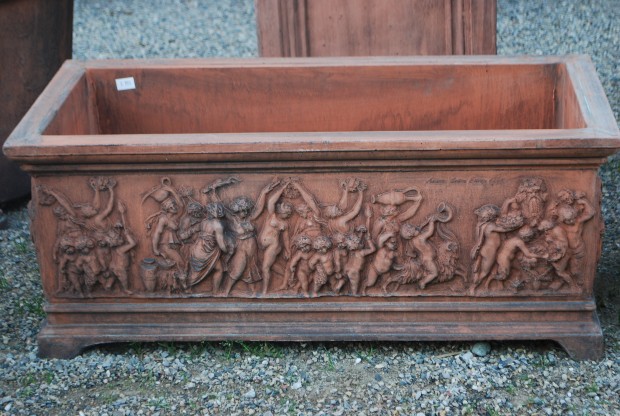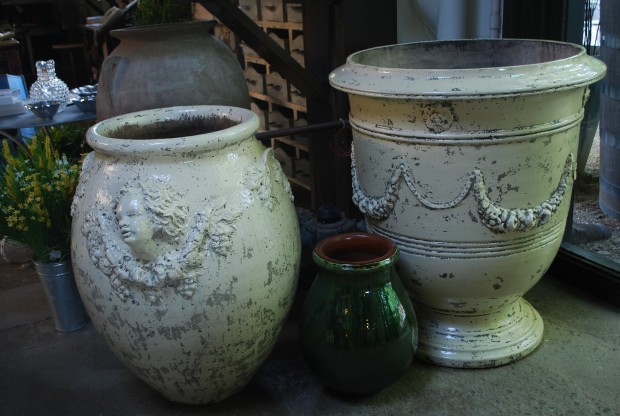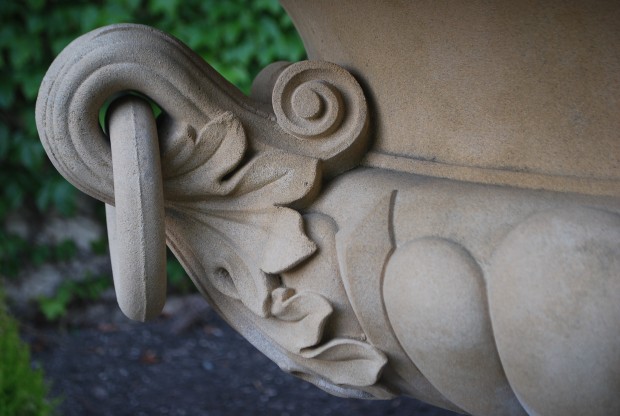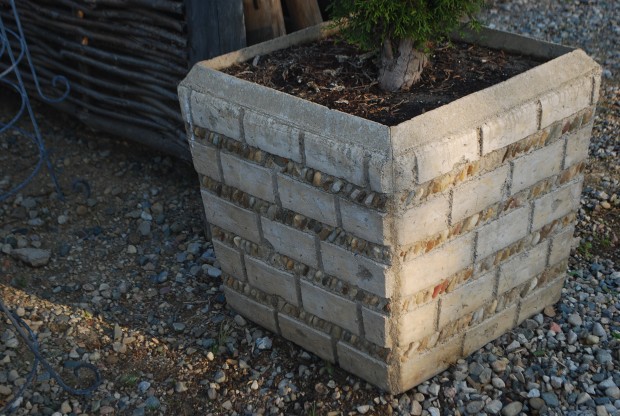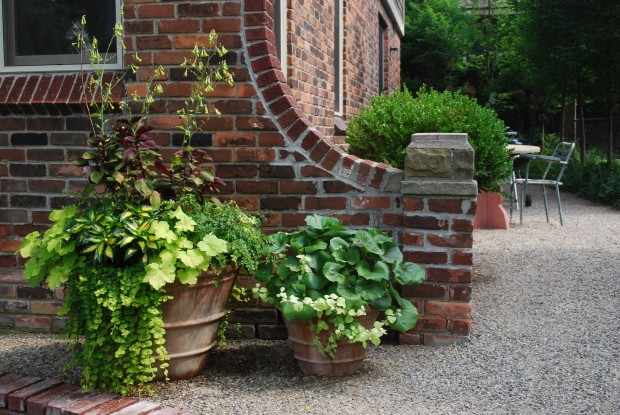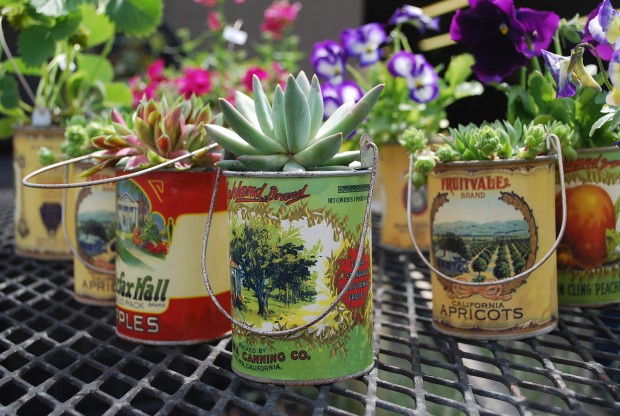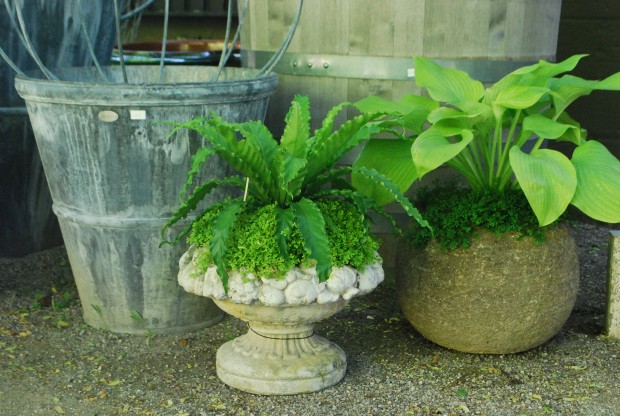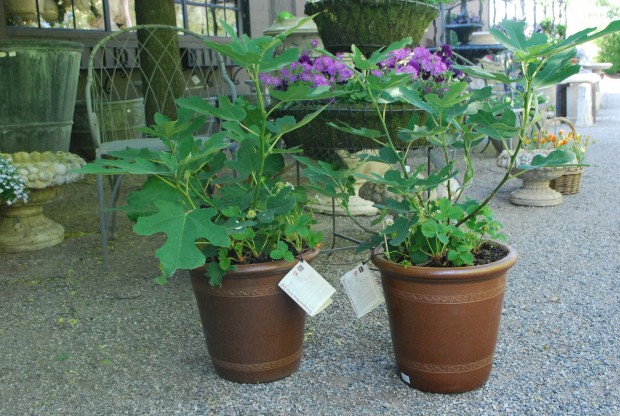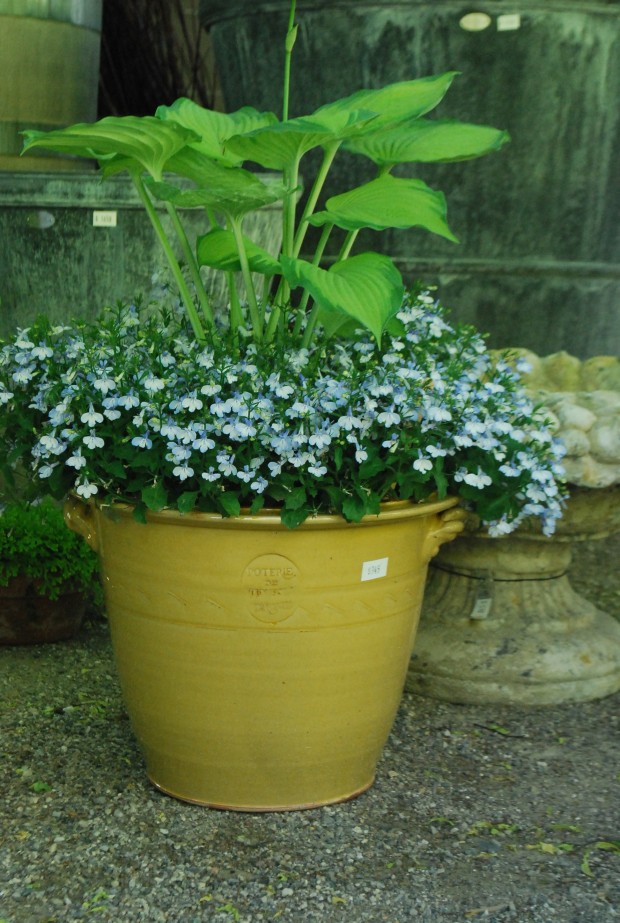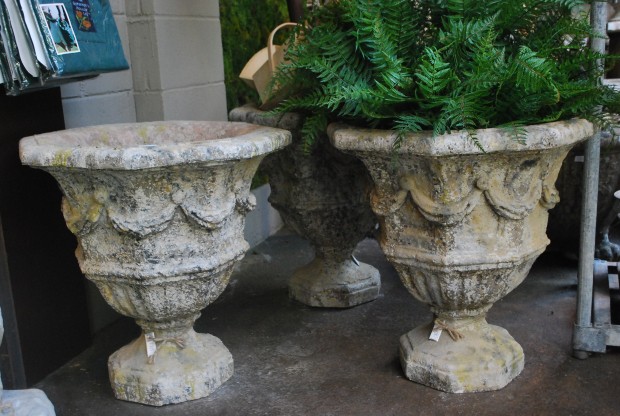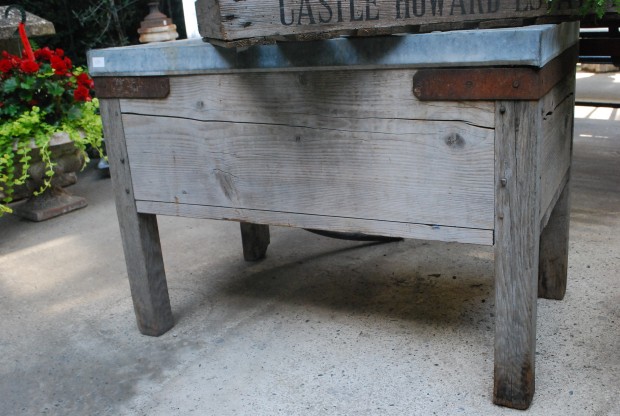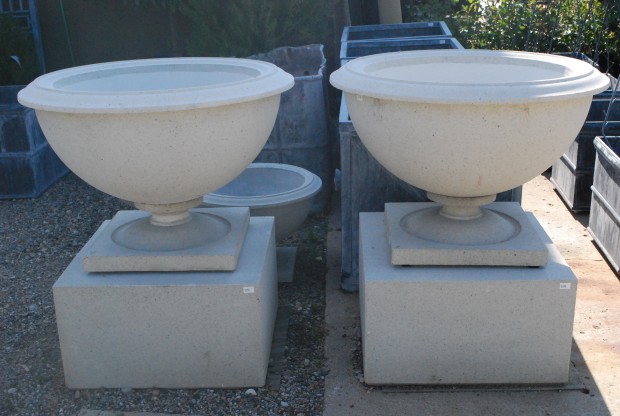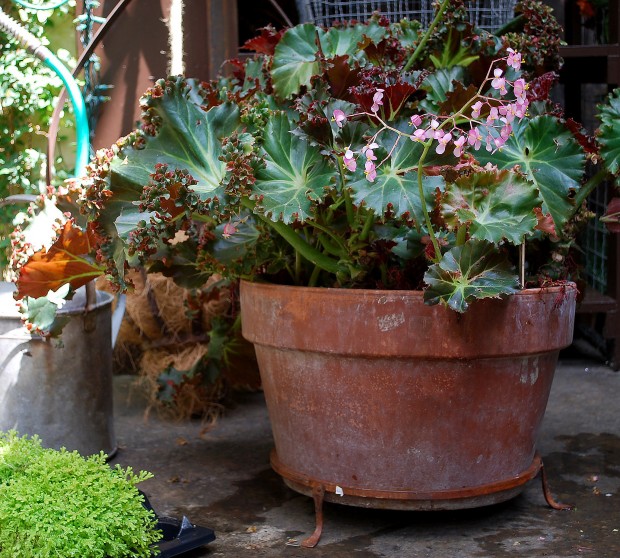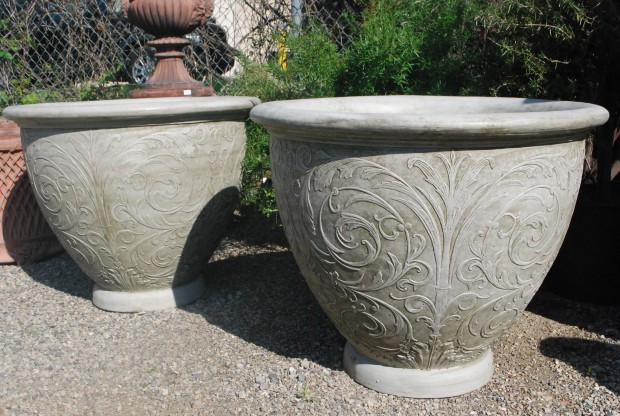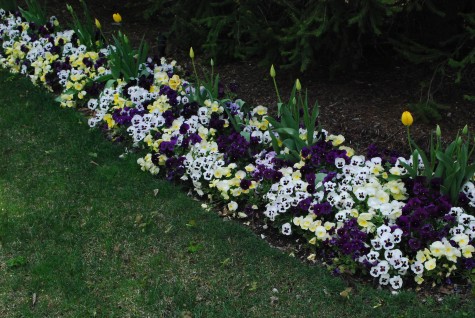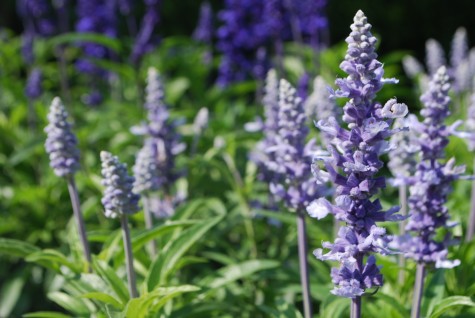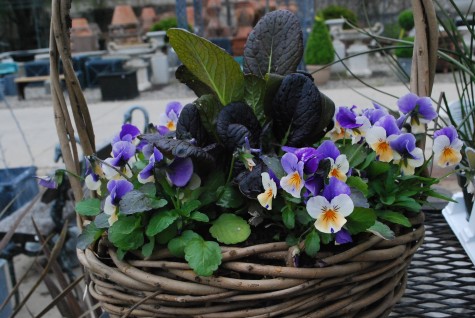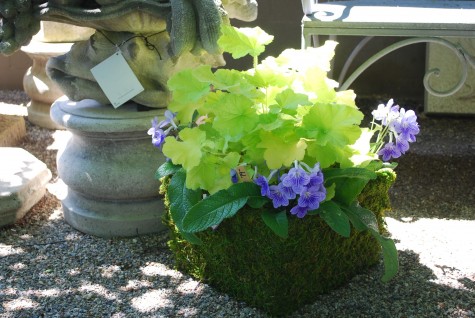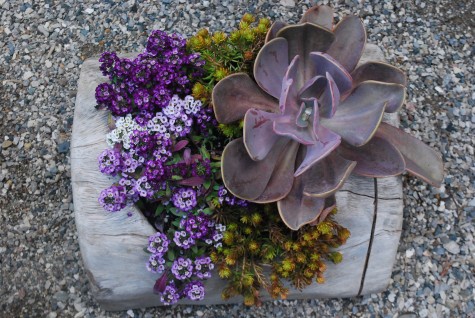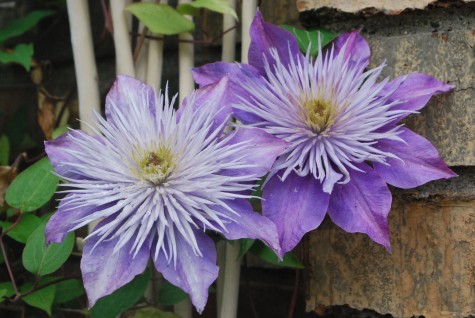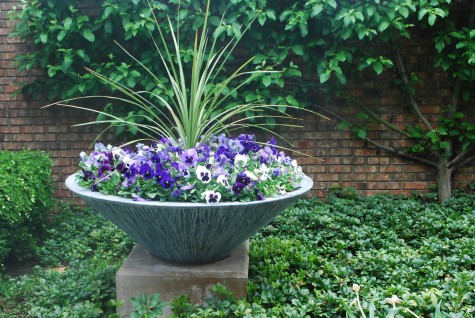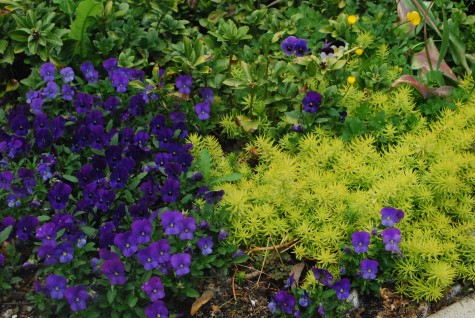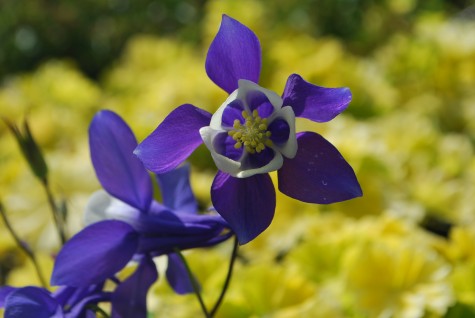You may have noticed that this website has a new format. Indeed it does. My big interest in updating the blog was that the photographs would be bigger-better. Clearer. I am no different than most; say what you will, but show me a picture. A photograph communicates in a graceful yet direct way. The picture of this French pot does a vastly better job of explaining the look than a collection of words.
A photograph does not require good grammar, or proper punctuation. A good photograph of a garden can capture the light, the weather-the moment. The written word-a labor of love which invariably looks like labor. My pictures-sometimes they capture in one fell swoop what would take me 800 words to describe.
I have days when I am not interested in reading the words. I only have eyes for a visual moment. It took me a few days to learn how to use this new format. The lag time made me furious! What garden writer wants to be out of touch the latter half of May? But I am pleased with the results.
I like the bigger pictures. And that you can see them even bigger yet, if you click on them. As for my post yesterday about the process of choosing great pots, here is an addendum. A visual addendum.
The gardener who would fall for this contemporary Belgian glazed pot is entirely different from the gardener who would choose wirework plant stands. The gardener who would mix them in a grouping of pots-another sort. But enough of the talk-enjoy the pictures.
French cast iron jardiniere
American ridged concrete bowl pot
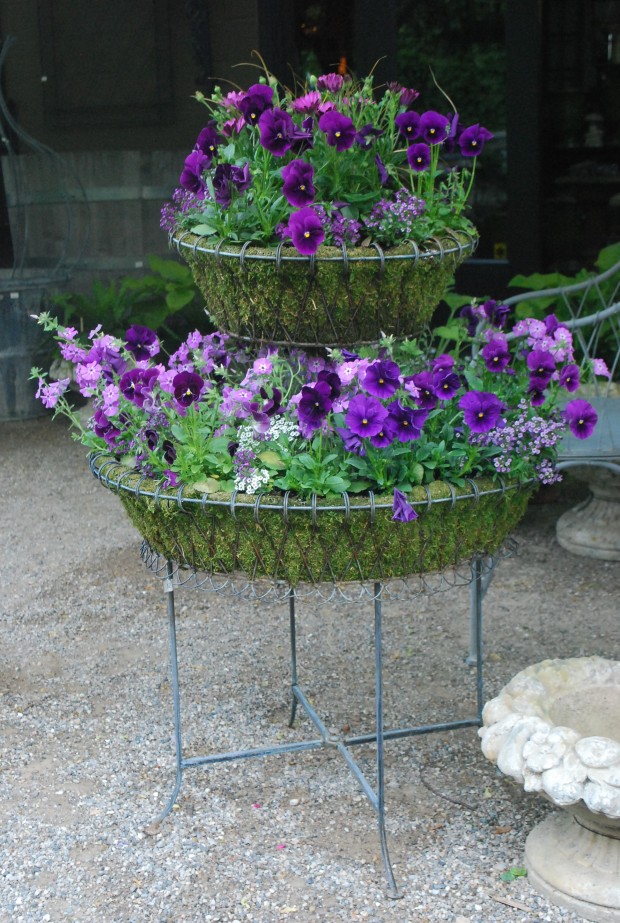
two tiered wirework plant stand
English concrete rectangle
glazed French terra cotta
limestone urn detail
brick and rock pot
Rob planted these Italian terra cotta pots. The combination of great pots and great plants-truly lovely.

